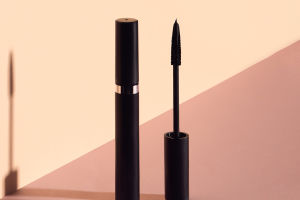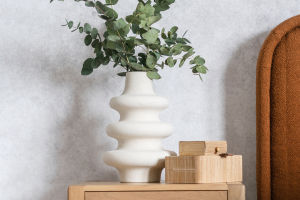A Chair For Every Butt
In ancient times, chairs were reserved for royalty, while others sat on stools or the ground. Today, chairs serve both functional and aesthetic purposes, making them essential for comfort, health, and style. Nowadays, we spend a lot of time sitting, so why settle for a chair that doesn't feel right?
With advancements in ergonomics and materials, chairs have become symbols of design, often featured as statement pieces in home décor. Finding the perfect chair is not only about looks. It's about understanding your body's needs and choosing a chair that provides both comfort and support.
1. Ergonomics: The Science of Comfort
The foundation of a great chair is its ergonomic design. This means the chair is designed to support the natural curve of your spine, reducing strain on your lower back. Look for chairs with adjustable features like seat height, lumbar support, and armrests. A good ergonomic chair will encourage proper posture, especially if you're spending long hours sitting.
For example, the Herman Miller Aeron chair is a popular choice for office workers. It's designed to conform to the shape of your body, with mesh backing to keep you cool and adjustable tension for maximum support. While it's on the pricier side (around $1,000), many swear by its long-term benefits for back pain prevention.
Buying An Office Chair: 9 Things to Consider
Video by BTODtv
2. Materials: Comfort Meets Aesthetic
The material of the chair plays a significant role in how comfortable it is. Leather chairs exude luxury, but fabric chairs might offer more breathability. Mesh chairs, such as the Steelcase Series 1, are lightweight and provide great airflow, ideal for those who tend to get warm while sitting.
If aesthetics are a priority, mid-century modern designs like the Eames Lounge Chair provide both style and comfort. Its iconic design not only looks great but also provides a plush seating experience with cushioned leather and a reclined posture. However, this style comes at a hefty price tag of over $5,000.
3. Size Matters: Picking the Right Fit
When choosing a chair, size definitely matters. A seat that's too big may cause you to slouch, while a seat that's too small won't offer the support your thighs need. The ideal seat should allow your feet to rest flat on the floor, with your knees at a 90-degree angle. If you're on the shorter side, consider a chair with a seat depth adjustment to avoid dangling feet.
4. Don't Forget Style
While comfort is key, style is still important. Whether you're outfitting a home office or a living room, your chair should complement the aesthetic of the space. Look for designs that balance form and function, like the Humanscale Freedom chair, which offers a minimalist style and strong ergonomic features.
Choose Your Style
There are numerous styles of chairs, each with its unique appeal and use. Here's a brief overview of popular types and their advantages:
- Ergonomic Chairs: These chairs are designed to prioritize health, especially for those who spend long hours seated. They are perfect for home offices or workspaces and help maintain posture and reduce back pain.
- Lounge Chairs: These are all about relaxation and comfort. The Eames Lounge Chair, a mid-century modern classic, is both stylish and comfortable, offering a reclined position perfect for reading or watching TV.
- Dining Chairs: You'll find minimalistic designs like the Wishbone Chair, known for its lightness and organic appeal, or more traditional upholstered chairs that add comfort for long meals. These chairs need to strike a balance between aesthetics and durability.
- Accent Chairs: Accent chairs are statement pieces often used to add personality to a room. These chairs may not always be the most functional but serve as a focal point.
- Outdoor Chairs: Designed to withstand the elements, outdoor chairs often feature materials like wicker, metal, or plastic.
In the end, the perfect chair should make your body happy while adding a touch of beauty to your space. After all, your butt deserves the best!


